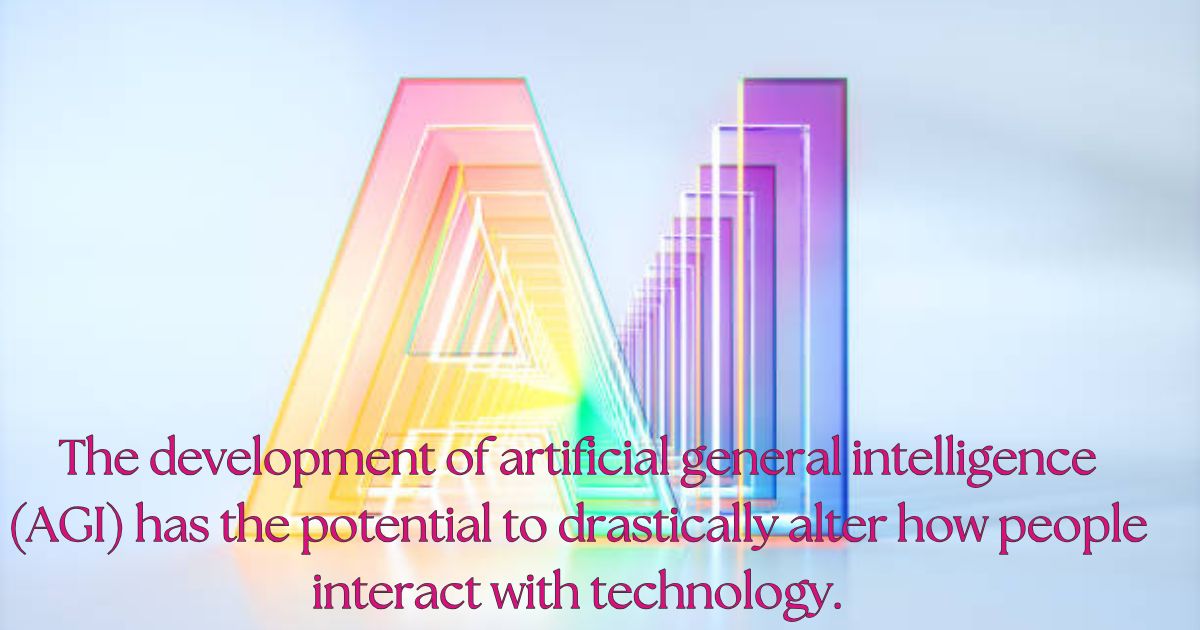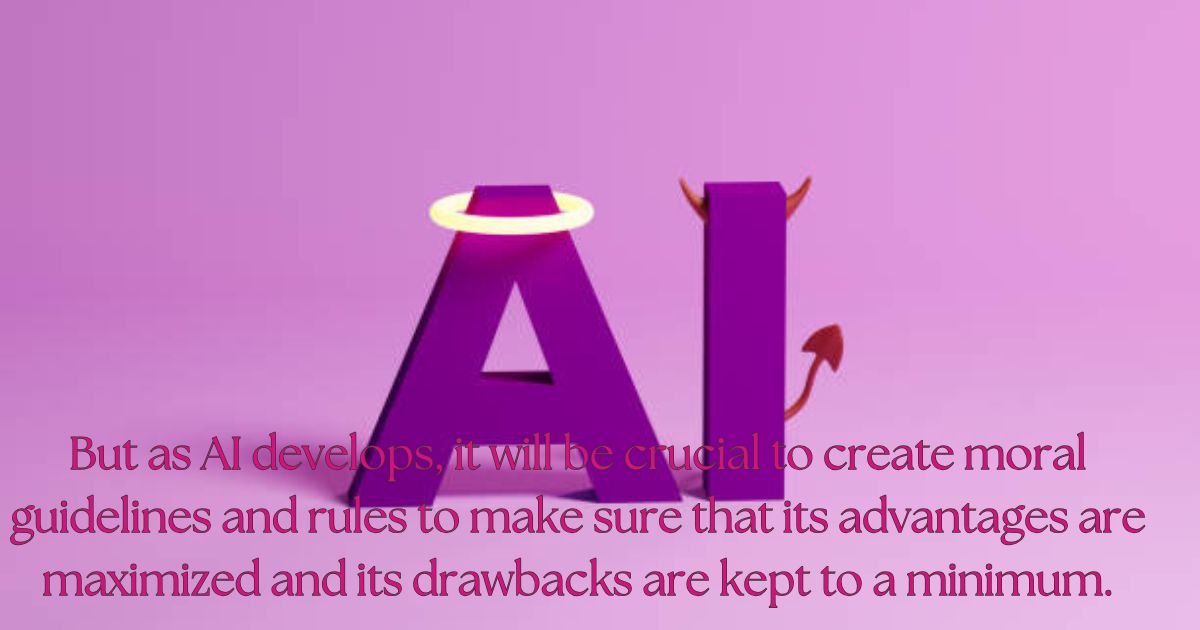The creation of computer systems that are capable of carrying out activities that have historically required human intelligence is known as artificial intelligence or AI. Reasoning, experience-based learning, problem-solving, comprehending natural language, and interpreting sensory data are among these tasks. AI is changing sectors, redefining economies, and affecting how we live and interact with technology—from chatbots to driverless cars.
Origins and Evolution of AI
The idea of artificial intelligence (AI) has its roots in antiquated myths and stories about mechanical creatures with intelligence akin to that of humans. But the development of computer science in the middle of the 20th century set the stage for the creation of machines that could mimic cognitive functions, and this is when modern artificial intelligence started to take shape.
AI as a formal discipline of study is widely regarded as having its start at the Dartmouth Conference in 1956. The meeting, which was organized by AI pioneer John McCarthy, brought together computer scientists to investigate the hypothesis that machines may mimic human intellect. Attendees at the event, including researchers Marvin Minsky and Allen Newell, made important contributions that influenced the direction of artificial intelligence.
With the development of early algorithms and symbolic reasoning systems, the early years of AI research were characterized by optimism.
However, progress was hampered by low computing power and technological constraints, which resulted in periods of inactivity known as “AI winters.” The 1980s and 1990s saw a resurgence of interest in the field, but AI didn’t start to rise to its current high speed until massive datasets became available, powerful processors were introduced, and machine learning advances were made.

Defining AI: Understanding the Basics
AI can be understood as a broad field encompassing various techniques and methodologies. It is helpful to break AI down into key areas of research and application:
Machine Learning (ML): The goal of machine learning, a branch of artificial intelligence, is to create systems that can learn from data. These systems use algorithms, as opposed to explicit programming, to recognize patterns, anticipate outcomes, and gradually enhance their performance. The three main methods in machine learning are reinforcement learning, unsupervised learning, and supervised learning.
Neural Networks: The human brain’s design serves as an inspiration for neural networks. They are made up of layers of networked nodes, or neurons, that process input data and generate outputs. These networks, called deep neural networks, include numerous layers and are capable of handling difficult tasks like voice creation, natural language processing, and picture identification. Deep learning is a specialized form of machine learning.
Natural Language Processing (NLP): Computers can now comprehend, interpret, and produce human language thanks to NLP. This technology is utilized in content creation systems, language translation tools (like Google Translate), and virtual assistants (like Siri and Alexa). NLP is essential to AI applications that need human-computer interaction because it uses vast volumes of textual data to learn syntax, semantics, and context.
Computer Vision: The goal of the AI field of computer vision is to enable machines to read and comprehend visual data from the outside world, such as pictures or movies. It is utilized in driverless cars, medical imaging, facial recognition systems, and other technologies that need to interpret and analyze images.
Robotics: AI and mechanical engineering are combined in robotics to produce robots that can operate fully or partially independently. These jobs might be anything from straightforward assembly line work to intricate medical procedures or space exploration. For robots to be able to travel, control items, and adapt to their surroundings, artificial intelligence (AI) is essential.
Expert Systems: Expert systems are artificial intelligence (AI) algorithms created to simulate human experts’ decision-making processes. In domains including technological troubleshooting, financial consulting, and medical diagnostics, they employ knowledge-based rules to resolve particular issues.

Types of AI: From Narrow to Superintelligent
AI can be classified into three categories based on its scope and capability:
Artificial Narrow Intelligence (ANI): ANI, also referred to as weak AI, describes systems that are focused on completing a single task or a limited number of tasks. While these systems are not generally intelligent, they are very good at certain tasks, such playing chess, responding to customer service inquiries, and identifying objects in pictures. The majority of AI applications in use today are classified as ANI.
Artificial General Intelligence (AGI): A hypothetical type of AI known as “strong AI,” or GI, is capable of carrying out any intellectual work that a human being can. AGI systems would be flexible and adaptable, akin to human cognition, and be able to comprehend, learn, and apply information in a variety of contexts. Even while research in this field is progressing, AGI is still only a theoretical idea at this time.
Artificial Superintelligence (ASI): Artificial intelligence (AI) that is superior to humans in all domains—creativity, problem-solving, and social interaction—is referred to as ASI. This level of AI research is speculative and presents moral and philosophical concerns about autonomy, control, and the possible dangers of having robots that are capable of greater intelligence than humans. Even though ASI only exists in theory, futurists, ethicists, and AI researchers are all quite interested in discussing it.
Real-World Applications of AI
AI has moved from laboratories to real-world applications, where it is making a significant impact across various industries:
- Healthcare: AI is transforming healthcare by making it possible for more effective care delivery, individualized treatment plans, and earlier diagnosis. Medical image analysis powered by machine learning algorithms can identify diseases such as cancer, and AI-powered diagnostic tools help physicians make more precise diagnoses. Robotic devices driven by AI are also being utilized in surgery and rehabilitation.
- Finance: AI is utilized in the financial industry for algorithmic trading, risk management, and fraud detection. Large volumes of data may be processed by AI systems, which can then be used to spot questionable transactions, forecast market trends, and make investment choices. AI-powered customer care bots also answer standard questions, increasing productivity and cutting expenses.
- Transportation: Autonomous vehicles, which employ cameras, sensors, and machine learning algorithms to navigate highways and make choices in real time, are propelled by artificial intelligence (AI). Self-driving car pioneers like Tesla and Waymo are leading the way in this field, while artificial intelligence (AI) is also being utilized to optimize transportation systems in air traffic control, logistics, and fleet management.
- Retail and E-commerce: Through supply chain management, inventory optimization, and personalization, artificial intelligence is revolutionizing the retail industry. AI-driven recommendation systems are used by e-commerce giants like Amazon to make product recommendations to users based on their browsing and purchasing patterns. Additionally, chatbots offer immediate customer service, raising client satisfaction levels.
- Entertainment: AI is essential to the content recommendation algorithms used by YouTube, Netflix, and Spotify. These systems make music, movie, or show recommendations based on an analysis of user preferences using machine learning. AI is also being utilized in the production of content, ranging from computer-generated imagery (CGI) in movies to algorithmically produced music and artwork.
- Education: By creating individualized learning platforms, automating grading, and providing tutoring services, AI-powered products are improving educational experiences. With the use of resources that are specifically designed to accommodate different learning styles, AI systems can help students advance at their own speed. AI technology is being used by educational institutions more and more to enhance administrative and instructional procedures.
Challenges and Ethical Considerations
While AI holds immense potential, it also presents several ethical challenges and risks:
Bias in AI Systems: Biases in their training data may inadvertently be maintained by AI algorithms. This can result in unfavorable outcomes in sectors where discriminating decisions might be made due to skewed data, such as criminal justice, lending, or hiring.
Job Displacement: Concerns regarding employment loss in several industries arise from AI’s automation of tasks. While AI can open up new possibilities, it can also make some jobs obsolete, especially those that require physical or repetitive labor. Retraining employees and ensuring that the advantages of AI are widely shared present challenges.
Privacy and Surveillance: Privacy and civil liberties are becoming more and more of a worry with AI-powered surveillance systems and data analysis technologies. For example, discussions concerning the possible abuse of face recognition technology by businesses or governments to track and monitor people have been triggered by the technology’s widespread use.
Autonomy and Control: The increasing autonomy of AI systems raises concerns regarding regulatory frameworks and system ownership. For instance, the development of autonomous weapons has prompted demands for international treaties to regulate their application and guard against any misuse.
The Future of AI
AI’s future holds both promise and uncertainty. AI technologies will become even more important in changing industries and solving global issues as they develop. The development of artificial general intelligence (AGI) has the potential to drastically alter how people interact with technology.
AI is predicted to improve human capacities, automate repetitive jobs, and support decision-making in a variety of industries in the near future. But as AI develops, it will be crucial to create moral guidelines and rules to make sure that its advantages are maximized and its drawbacks are kept to a minimum.
In conclusion, AI has the potential to drastically alter economies, societies, and industries, making it one of the most important technical developments of our time. The task ahead of us as we continue to investigate its potential will be to navigate its complexities responsibly and ethically.

